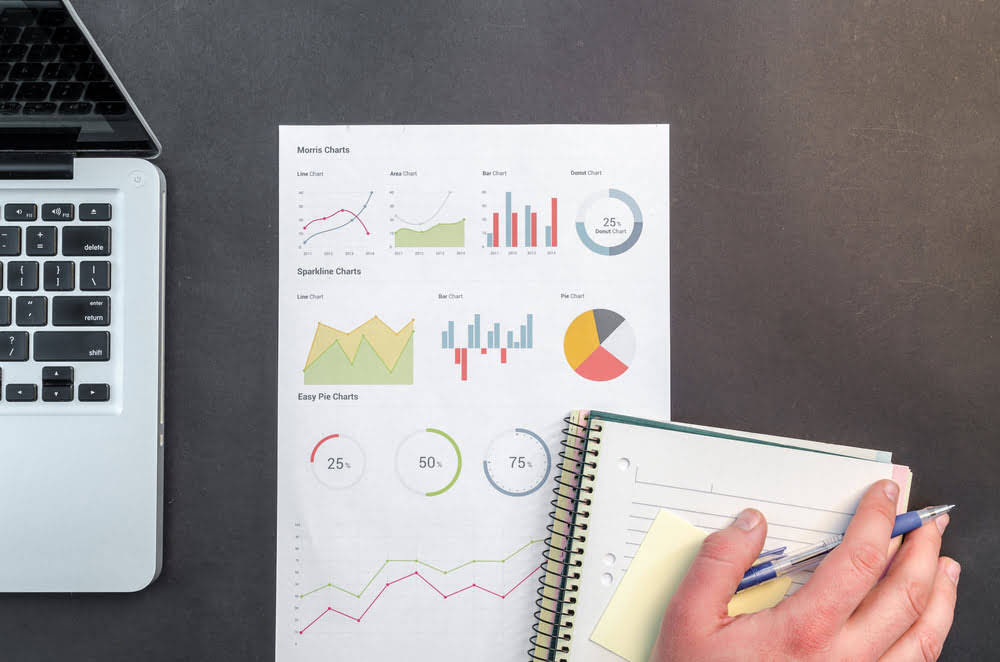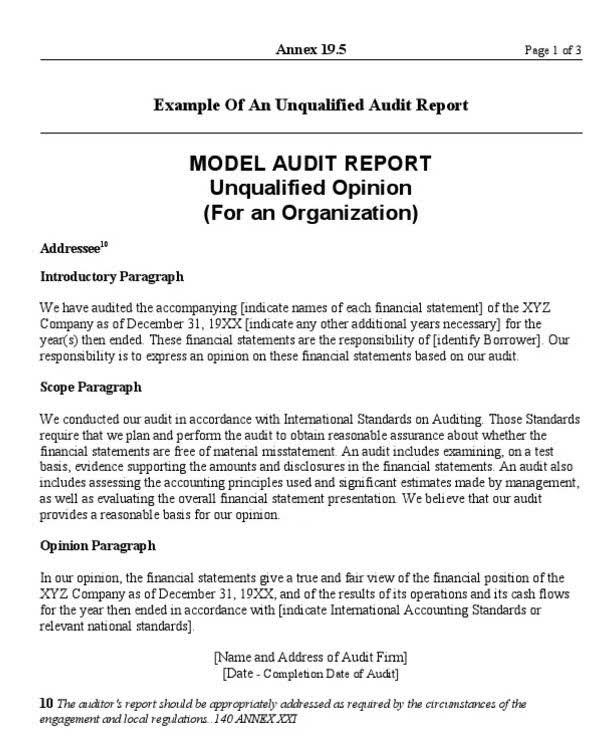This online class will begin on August 26th! All work will be due here on the class blog.
Jul 14 2020
Adjusting Entries: A Simple Introduction Bench Accounting

Other methods that non-cash expenses can be adjusted through include amortization, depletion, stock-based compensation, etc. If the revenues earned are a main activity of the business, they are considered to be operating revenues. If the revenues come from a secondary activity, they are considered to be nonoperating revenues. For example, interest earned by a manufacturer on its unearned revenue investments is a nonoperating revenue. First, during February, when you produce the bags and invoice the client, you record the anticipated income.
Prepaid expense as a type of adjusting entry example 1

An organization has a purchase order receipt, forwhich it subsequently processes an invoice price variance adjustment. On February 5th, when the employee is paid, Salary Payable is debited $2,400 and Cash is credited $2,400. Suppose Northern Hairs, a wig production company, receives a prepayment of $500,000 from a retailer for the preorder of braided wigs on January 5, 2023. Suppose Meta incurred an expense worth $8,000 of the water bill for March for which they received the water bill on April 1, 2023.
Types and examples of adjusting entries:
A business made a payment of £1,200 for a 12 month cleaningservice contract (to clean the business’s equipment). So the £1,200 covered 2 months ofthe last tax year, and also would cover 10 months’ worth of cleaning in thefollowing period (so it was a prepayment), which was the first cash basis taxyear. Under accruals accounting, there was a tax deductible expense of £200 inthe last tax year, with a £1,000 prepayment balance carried forward into thecash basis period. Hence, for MacDonald’s to ensure that their financial statements accurately reflect the current value of this land, they will journalize an adjusting entry to record the land’s current fair market value. When the revenue is actually earned by providing the good or service to the customer, journalizing an adjusting entry becomes necessary to reduce the unearned revenue account and increase the revenue account. Adjusting entries are essential because they ensure that the financial statements of a company accurately reflect its financial position at the end of the accounting period.

Subsequent Recognition: Monthly Lease Expense Adjustments
- The distinction between accrual and cash accounting lies in the timing of recording transactions.
- As the service is performed, the liability is gradually reduced, and revenue is recognized.
- Deferrals are adjustments made for revenues or expenses that have been received or paid in advance but have not yet been earned or incurred.
- Anne’s Apparel definitely incurred expenses in February making the bags such as the cost of materials and labor, workshop rent, and utilities.
- To make an adjusting entry, you don’t literally go back and change a journal entry—there’s no eraser or delete key involved.
- A company selling merchandise on credit will record these sales in a Sales account and in an Accounts Receivable account.
- These adjusting entries are used in the books to ensure the income statement reports the proper revenue or expense and to also ensure the balance sheet reports the proper asset or liability.
The systematic allocation of the cost of an asset from the balance sheet to Depreciation Expense on the income statement over the useful life of the asset. (The depreciation journal entry includes a debit to Depreciation Expense and a credit to Accumulated Depreciation, a contra asset account). The purpose is to allocate the cost to expense in order to comply with the matching principle. In other words, the amount allocated to expense is not indicative of the economic value being consumed. Similarly, the amount not yet Interior Design Bookkeeping allocated is not an indication of its current market value. However, under the accrual basis of accounting, the balance sheet must report all the amounts the company has an absolute right to receive—not just the amounts that have been billed on a sales invoice.

The five types of adjusting entries

It should be noted that the term unearned revenue is often replaced by the term deferred revenue, both terms mean the same thing and refer to the fact that income has been received but not yet earned. The revenue earned during the month has been transferred from the unearned revenue account to the revenue account. More specifically, deferred adjustments in accounting examples revenue is revenue that a customer pays the business, for services that haven’t been received yet, such as yearly memberships and subscriptions. A crucial step of the accounting cycle is making adjusting entries at the end of each accounting period. Adjusting entries update previously recorded journal entries, so that revenue and expenses are recognized at the time they occur.
- This misalignment can affect both the income statement and the balance sheet, leading to a skewed representation of the company’s financial health.
- The business received a payment of £6,000 from a customer inits last tax year.
- The translation adjustment is a critical element that arises from differences in exchange rates over time.
- To assist you in understanding adjusting journal entries, double entry, and debits and credits, each example of an adjusting entry will be illustrated with a T-account.
- One account is usually from the company’s income statement and the other will be from the balance sheet.
- They also ensure consistent and error-free recording of transactions, leading to more reliable financial statements.
These standards ensure consistency and transparency in financial reporting across different jurisdictions. Entities must adhere to guidelines such as the International Financial Reporting Standards (IFRS) and Generally Accepted Accounting Principles (GAAP) when translating foreign currencies. The temporal method, on the other hand, translates monetary items at the current exchange rate and non-monetary items at historical rates. This method is used when the foreign subsidiarys operations are closely integrated with the parent company. It can result in translation gains or losses that are recognized in the income statement, affecting the overall financial performance.
